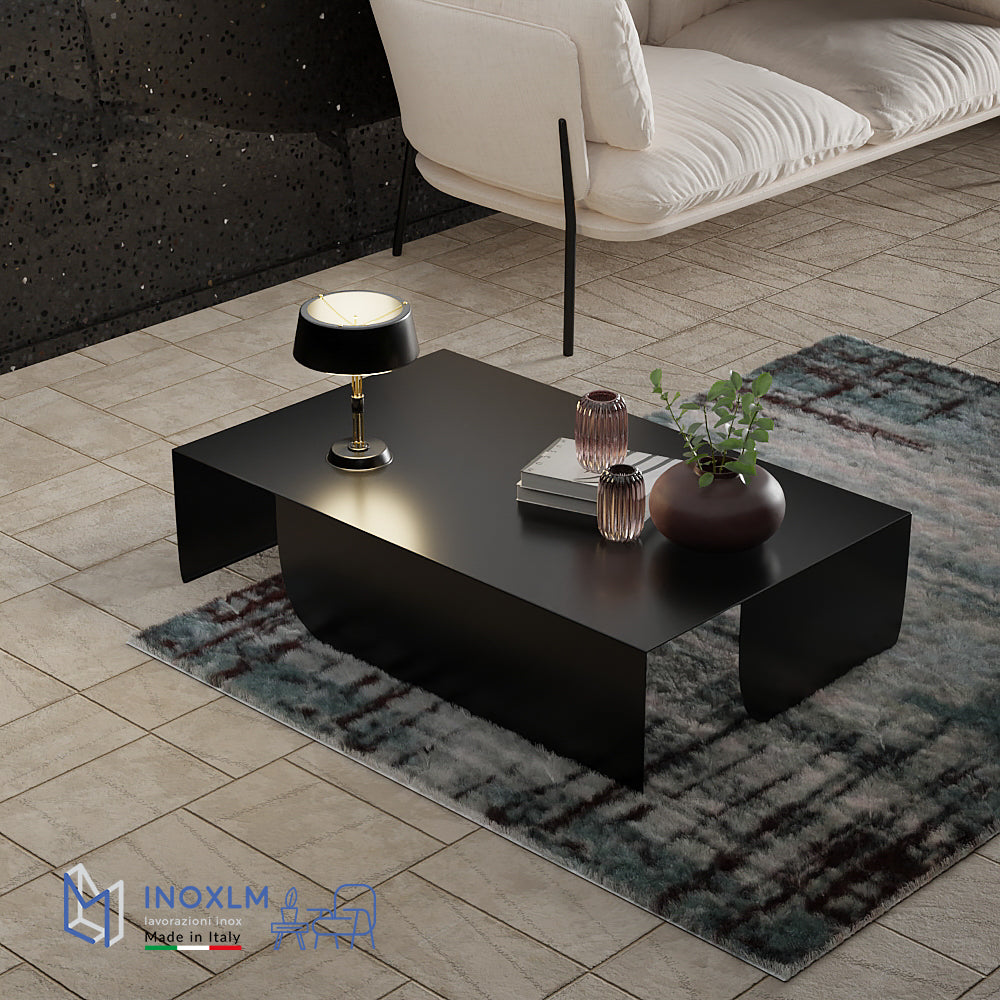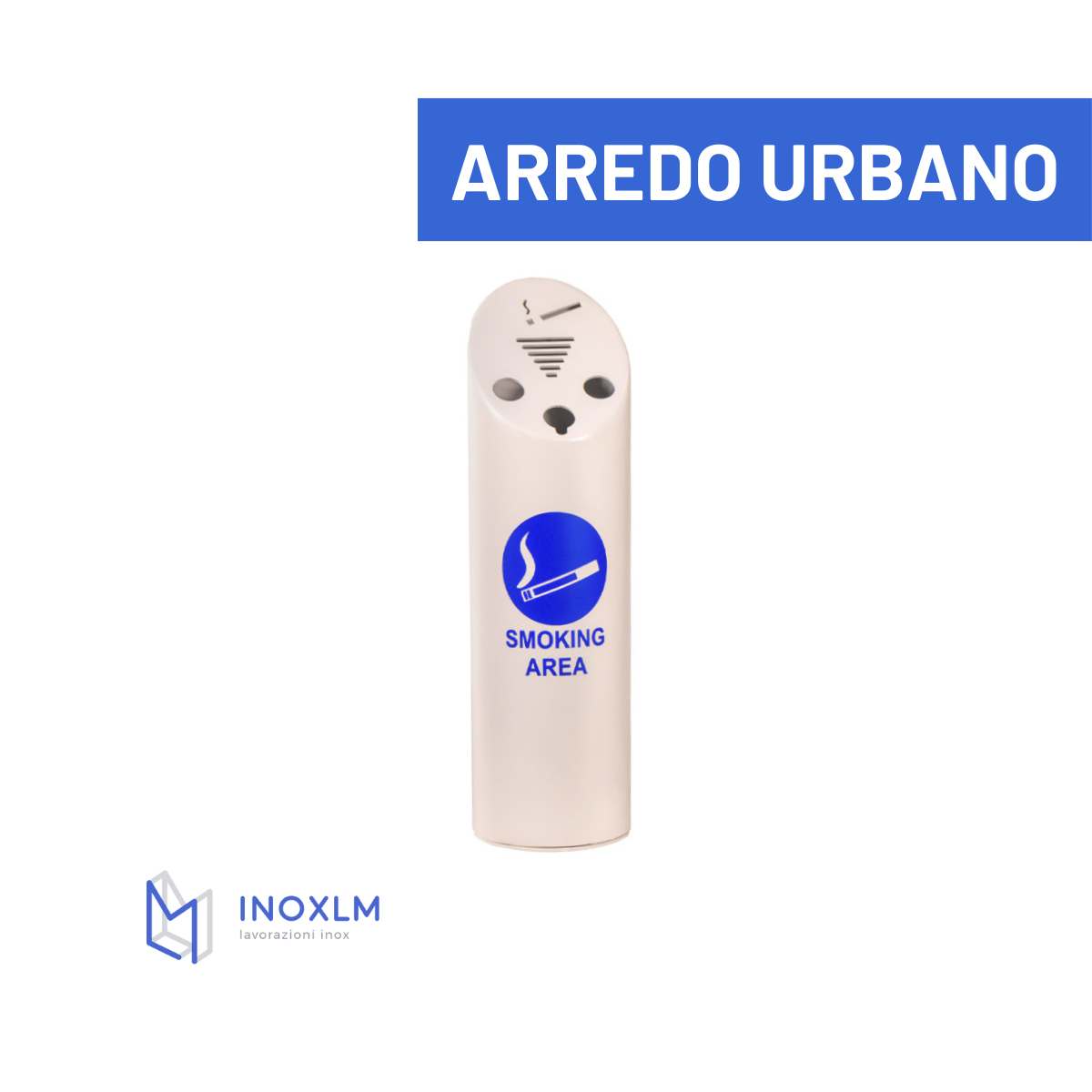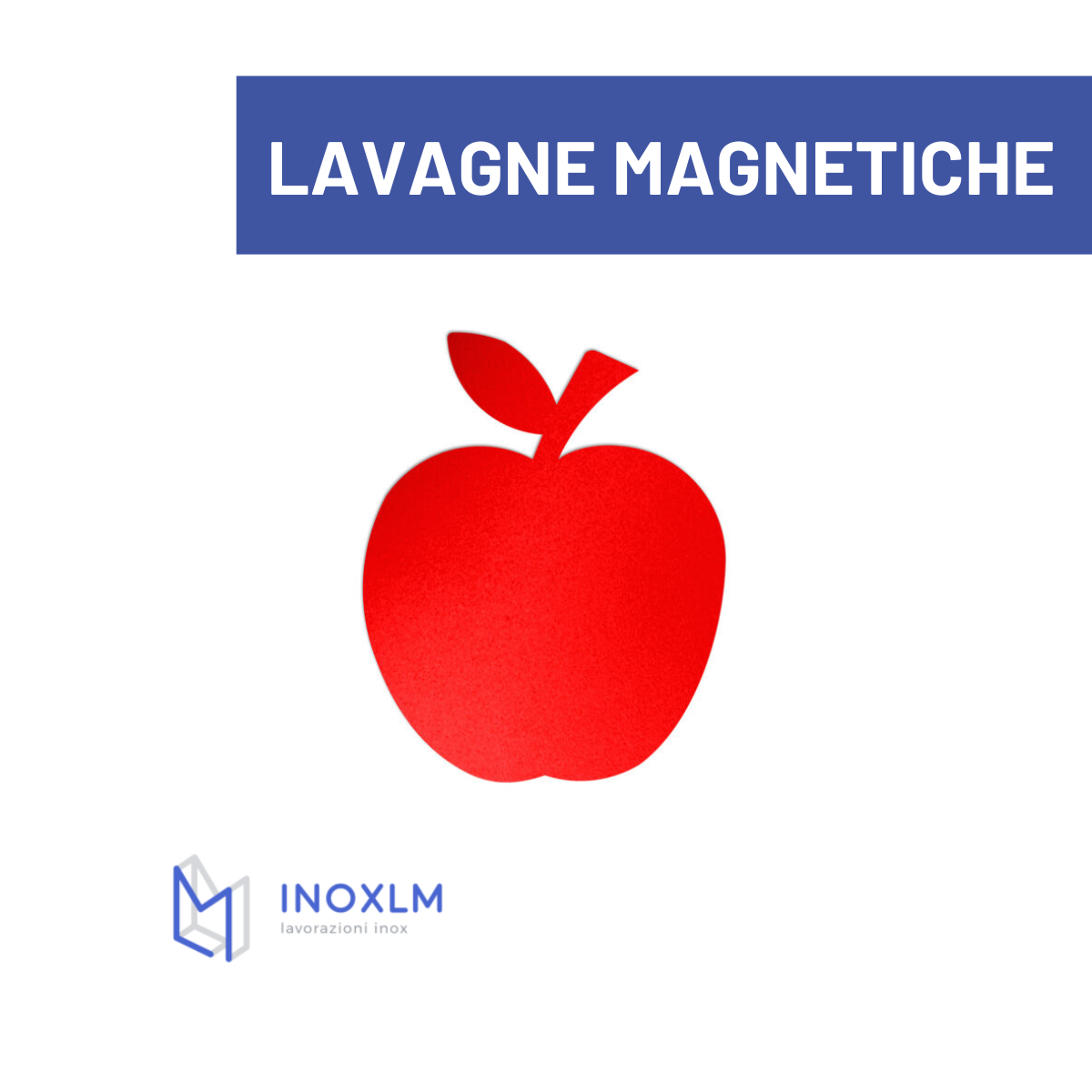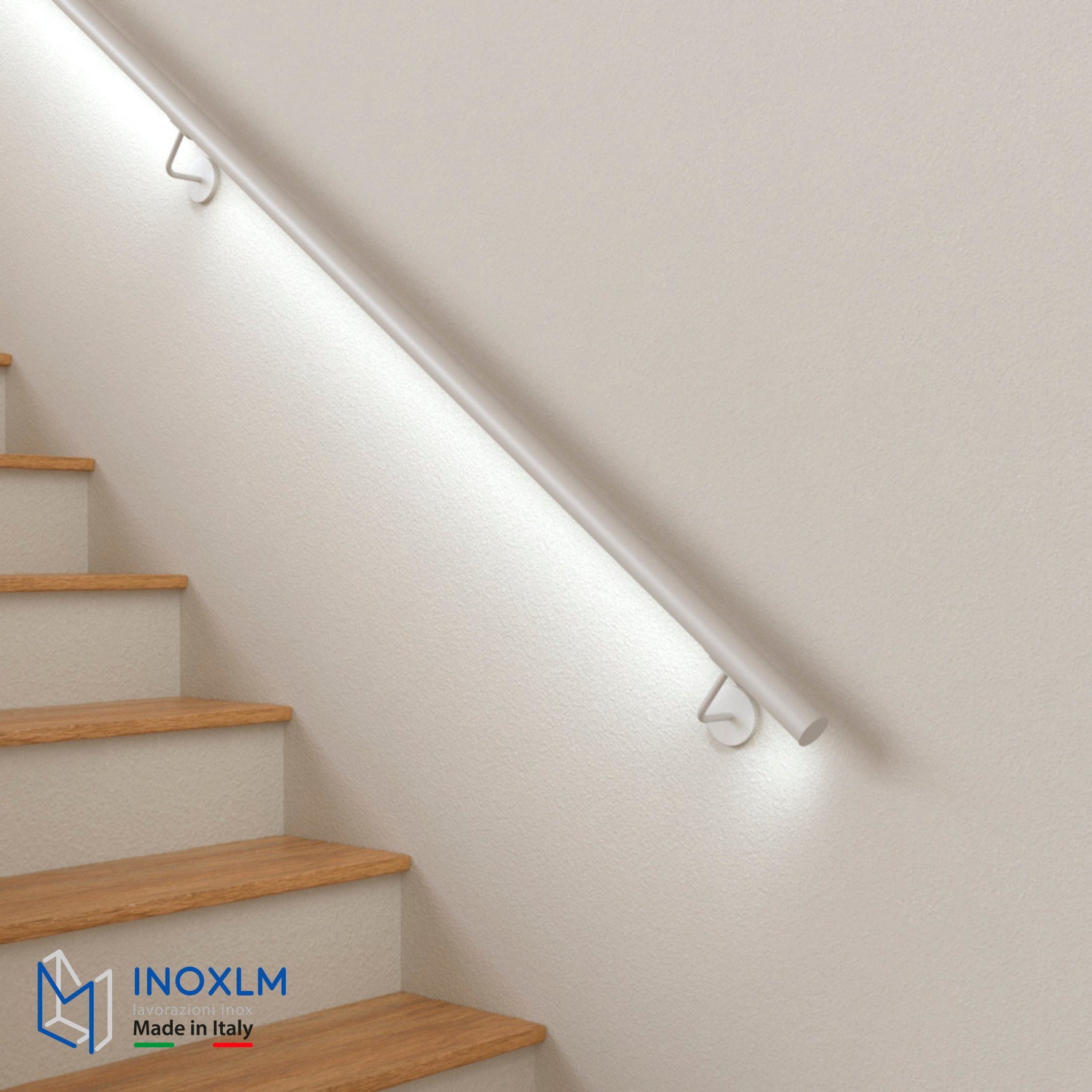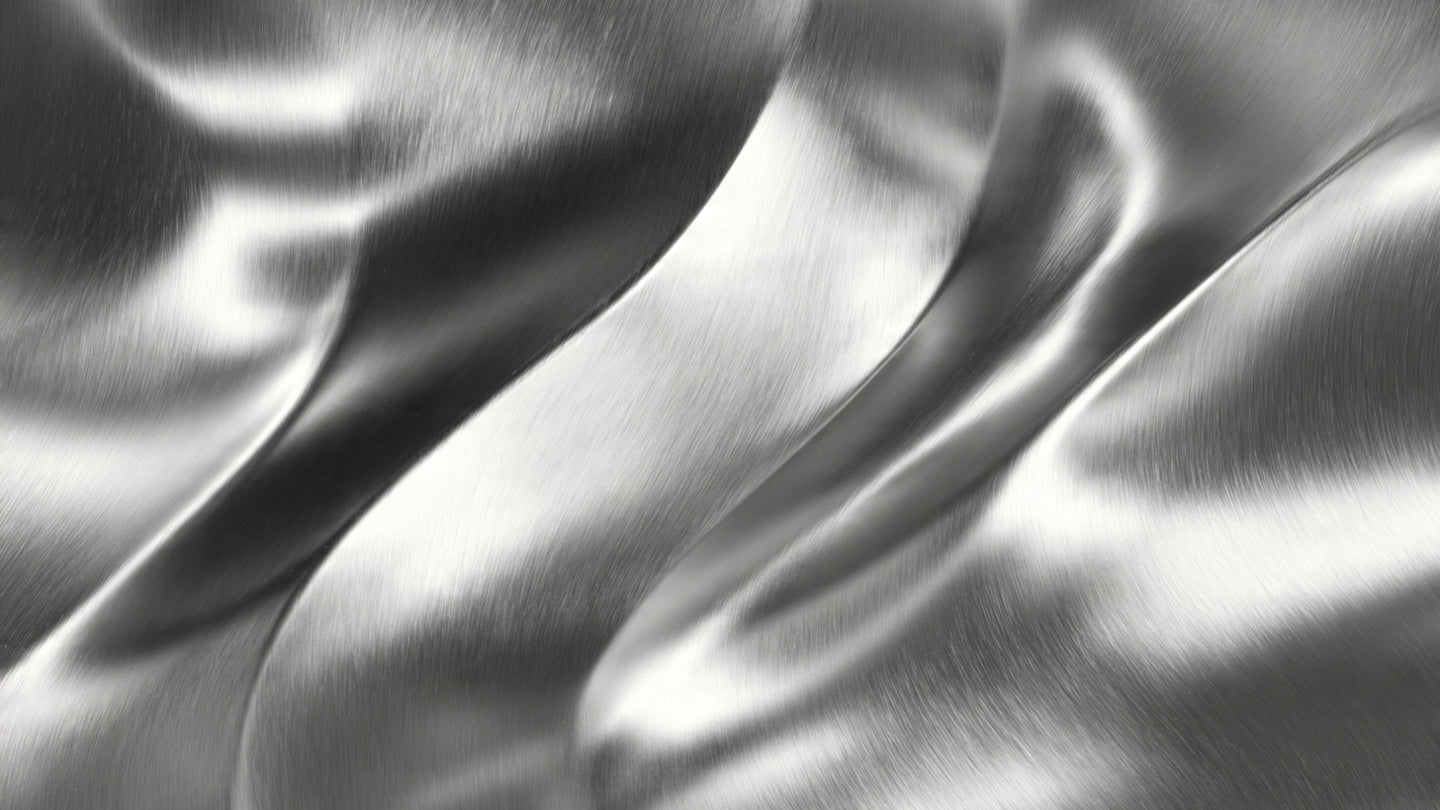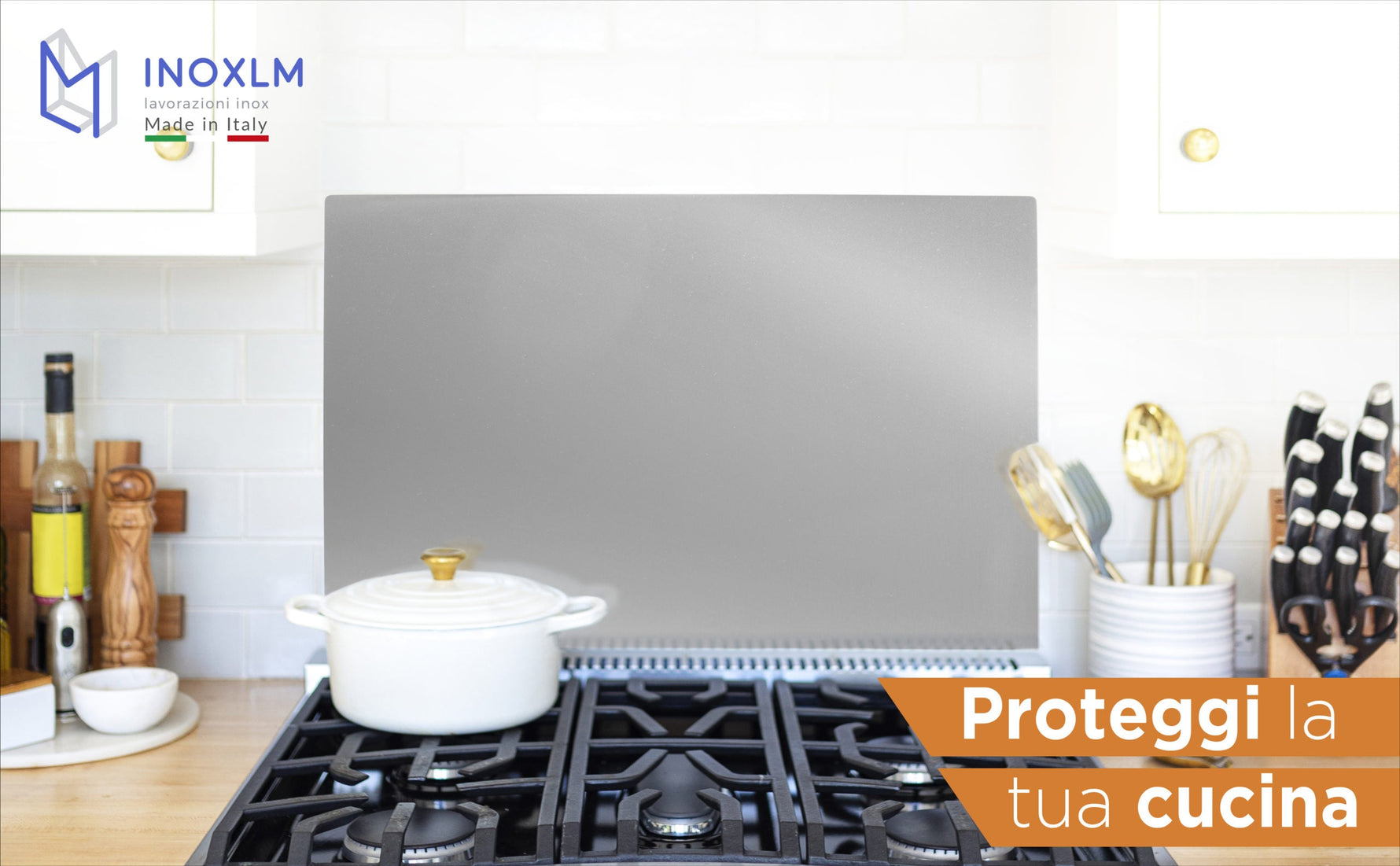THE ADVANTAGES OF STAINLESS STEEL
Stainless steel is known for its resistance to corrosion and rust, but in some circumstances it can still develop surface stains or oxidations that can appear similar to rust. These apparent “rust” stains are usually caused by external factors and can include:
1. External contamination: Stainless steel can become stained if it comes into contact with other materials that contain iron or non-stainless metals, such as carbon steel utensils, abrasive sponges, or even hard water. These materials can leave particles that oxidize on the surface.
of stainless steel.
- Mineral Deposits: Hard water can leave mineral deposits on stainless steel, causing stains. You can remove these with diluted vinegar or mineral deposit removers.
- Air Pollution: In some areas with air pollution, stainless steel may develop surface stains. This may require more frequent cleaning to keep it in good condition.
- good condition.
- Alloy Deficiencies: In rare cases, if the stainless steel is not of high quality or has been exposed to extreme conditions, oxidation problems may occur.
To prevent these stains and keep stainless steel in good condition, clean and dry the surface regularly, avoid contact with non-stainless materials, and, if necessary, use products specifically designed for cleaning stainless steel. With proper maintenance, stainless steel should remain resistant to rust and stains.
Share



